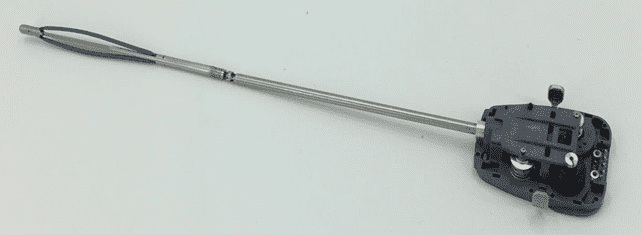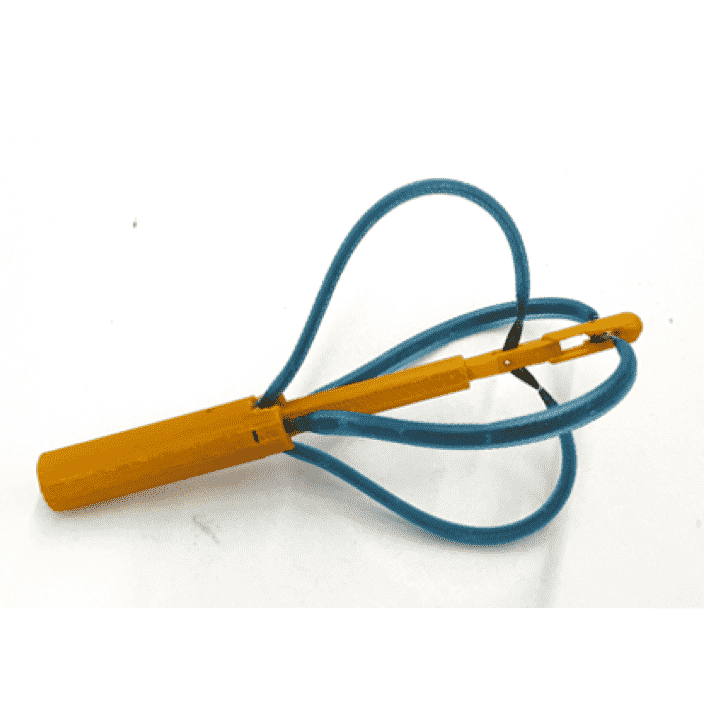Novel Compliant Robotic Instrument for Organ Retraction and Space Opening
Abstract
Organ retraction is a common and important task in minimally invasive surgery. It is a surgical technique to push aside or manipulate tissues/organs to improve the access and visualization of the surgical sites. Typical manual retractors are rigid and without any articulation. Physicians often struggle with minimizing the force applying onto the tissue while positioning the retractor to maintain optimal exposure. In this paper, we propose a novel compliant robotic organ retractor with coupled tendon driven articulated wrist control to address the aforementioned clinical risks. The compliant retractor exploits the buckling principle of a continuum bending beam mechanism, allowing it to interact with organ safely and smoothly. We also present a new tendon-driven, high torsional strength articulated joint and corresponding kinematics model to address the lack of dexterity issue. For the instrument control, a general algorithm framework is proposed to design the controller gain systematically, while eliminating the “disturbance” leaking caused by the coupled multi-tendon driven mechanism. Initial prototypes were built and integrated with the state-of-the-art surgical robotic platform, da Vinci Research Kit (dVRK) for basic functional evaluation. Preliminary simulation and experimental results demonstrate the capability of the proposed device for organ retraction. It is our hope that this novel instrument will become a new benchmark for organ retraction in terms of safety, precision, and dexterity.


Organ Retractor Design
Organ Retractor integrated with dVRK System
Publications
[1] X. Chu, H. W. Yip, Y. Cai, T. Y. Chung, S. Moran and K. W. S. Au, “A Compliant Robotic Instrument With Coupled Tendon Driven Articulated Wrist Control for Organ Retraction,” in IEEE Robotics and Automation Letters, vol. 3, no. 4, pp. 4225-4232, Oct. 2018.
[2] Au, K. W. S. et al., “Systems and methods for organ retraction and space opening,” In preparation for the US Provisional Patent, US 62/832,097.
